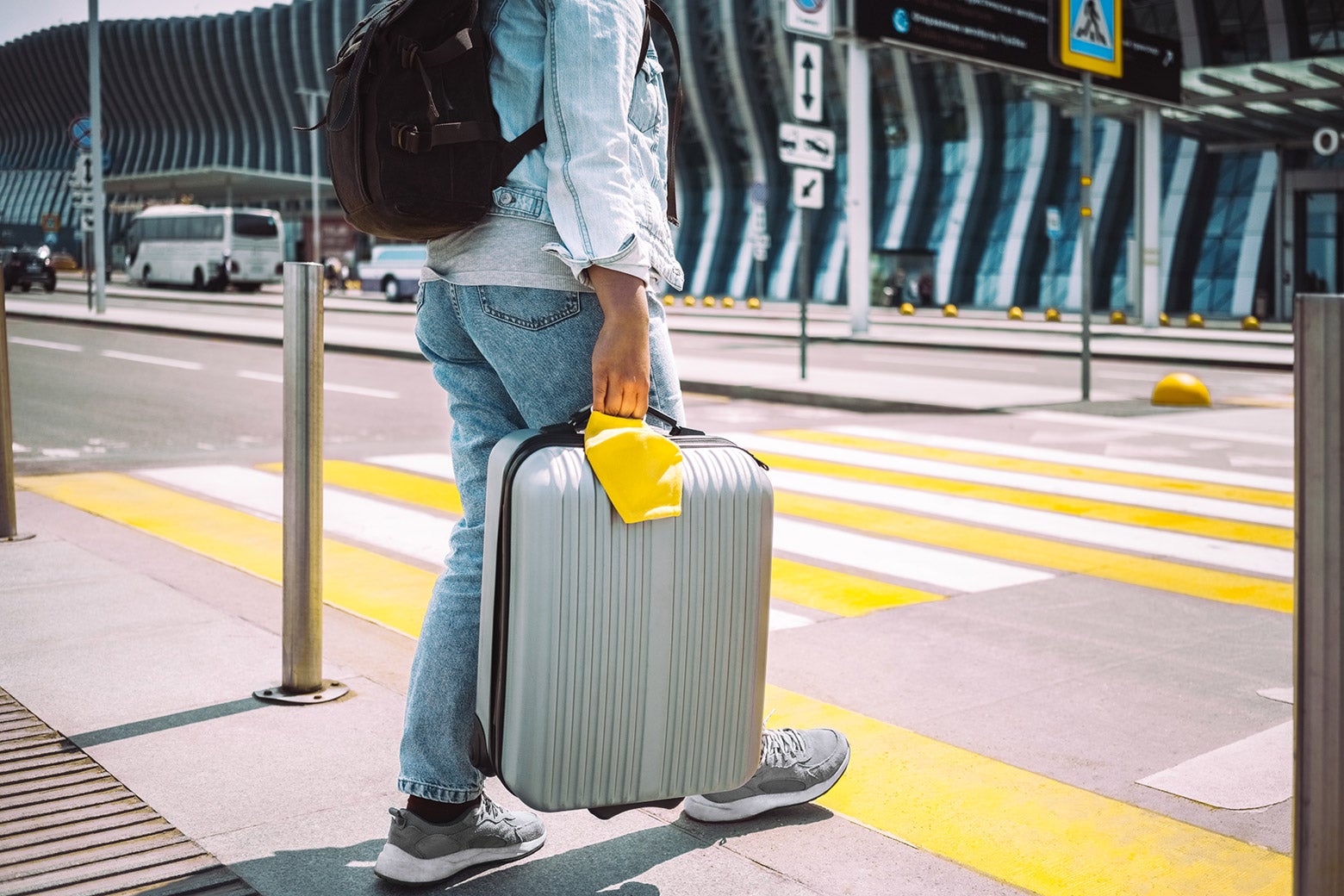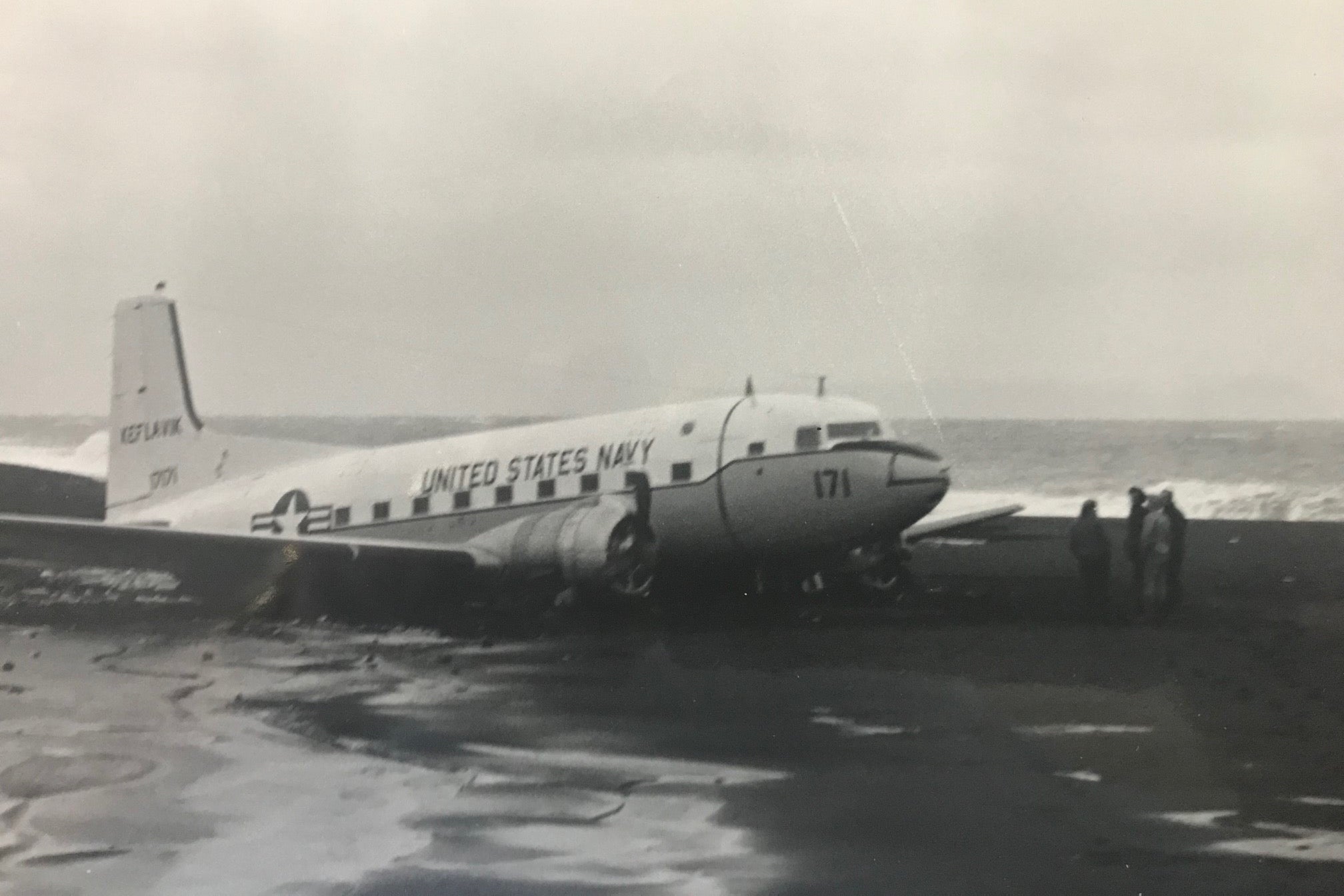Don’t wear leggings. Do keep your shoes on.

Sign up for the Slatest to get the most insightful analysis, criticism, and advice out there, delivered to your inbox daily.
Going on vacation should be relaxing, but lately, thoughts of where to go and what to pack have been unceremoniously replaced with fear of flying. This is not unexpected given there have been several air accidents in the first months of 2025. And while commercial air transport is extremely safe, what is making people squeamish has little to do with numbers. Rather it is based on two notions about flying that are as firmly held as they are false.
The first is that airplane accidents are not survivable. This misconception is the result of the lack of coverage when accidents end with zero fatalities. But low- to no-casualty events are the most common of air accidents: Between 2010 and 2020 there were an average of 29 accidents a year, according to National Transportation Safety Board. In only two of those years, 2010 and 2013, were people killed in any of them.
So while many people hear the phrase “air accident” and imagine flying into the side of a mountain, plunging into an ice-clogged river, or bursting into flames midair, those horrible events really are the outliers.
If the numbers alleviate your worries even a smidgen, then it is time to disarm the second fallacy about flying: that there’s nothing you can do should things go wrong on your flight. Because there are actually plenty of things you have control over.
There are obvious reasons why we, as passengers, feel we cede so much control when flying. To travel by air is to move in a highly restricted environment, and be told where to go, what to do, and when to do it. So circumscribed is our behavior that airline employees sometimes refer to passengers as “self-loading cargo.” Claiming agency over anything at all seems downright revolutionary. And yet, in any unlikely event that disrupts that environment, the prepared jet-setter can shine using the same techniques that have helped pilots, flight attendants, and other passengers who have experienced the big “Uh-oh!” and survived to tell about it.
Former Navy Lt. Greg Fletcher was the pilot during one of the internet’s more curious air accidents in November 1973. While flying a Navy transport plane across a remote region of Iceland, he lost both engines in an ice storm and had to land on a desolate beach on the country’s frigid southern coast. The plane remains where it landed to this day, and is a popular tourist attraction (maybe helped by its appearance in the Justin Bieber music video “I’ll Show You”). Bieber may have made it famous, but it is Fletcher who deserves the applause. By spotting the beach through a brief break in the clouds, he was able to get an unpowered airplane on the ground with all seven people on the flight surviving. (One pilot took a wound to the head, but everyone else was unharmed.)

Today, Fletcher credits the successful outcome to the simple concept of paying attention to what is going on around you. “Situational awareness is one of the most critical factors in aviation. Period,” Fletcher said. “If you are a flight crew, or as a passenger, you have a responsibility to be situationally aware.”
This means finding out where the exits are in case you need them in a hurry and spotting any potential obstacles, like baggage on the floor, or sleeping or intoxicated seatmates. It also means making a plan for how you will deal with those things if you need to.
Knowing what’s going on outside the plane is also key during takeoff, approach, and landing. More than half of all accidents occur during these phases of flight. Obliviousness will seriously slow your reaction time, so during these times, window shades should be up and noise-canceling headphones and sleep masks set aside.
Maintaining awareness lets travelers plan their responses should things go wrong. Jerry Schemmel, a play-by-play announcer for the Colorado Rockies, knows that well, because he had a life-changing experience on a United Flight in 1989, when he was 29 years old.
“People don’t survive plane crashes, that’s what I thought,” Schemmel told me. Following the loss of all flight controls on the DC-10 Schemmel was on, pilots were able to get the plane on the ground in a cornfield near the Sioux City, Iowa, airport, though on impact, the fuselage broke into four pieces. Of the 296 people on board, 112 were killed, but 184 survived—mostly those who were seated away from where the plane had split apart.
Schemmel was in Row 23, hanging upside down, when the plane came to a halt. But after freeing himself and running into the field, he returned to the smoke-filled cabin to help others. He heard a baby crying and found an 11-month-old girl who had been tossed on impact into an overhead bin.
During the 40 minutes between the emergency and the landing, Schemmel said flight attendants talked to the passengers about what to do and what to expect, making them feel capable. “All of us were so confident we knew everything we needed to know before we crashed,” Schemmel told me.
“We were told what was going to happen. We got ourselves ready. The knowledge, the preparation, the thinking through it—that is what paid off.”
What about those who died? Their legacy is embedded in the airplanes you fly on now, in significant and effective improvements in seats and cabin materials that have made them more protective on impact and in case of fire.
I’m no flight attendant, though several years ago for a news story I spent a week training at the Emirates Academy in Dubai, United Arab Emirates. That experience, and 25 years as an air-safety specialist, leads me to add my own tips to the guidance above.
Don’t wear leggings.
Whether you’re rocking a $100 pair of Sweaty Bettys or an $8 pair from Target, these chemically produced fibers get hot enough to melt into your skin. The Federal Aviation Administration in 1999 recommended that garments made of cotton, wool, leather, and yes, even denim were preferable over synthetics. I wouldn’t trust every bit of fashion advice from 1999, but this tip remains true today.
Wear sensible shoes.
And keep them on for takeoff and landing. While fatalities are rare in air accidents, there are plenty of instances where passengers need to get off the plane fast, and it won’t be pretty. The ground could be cold, wet, icy, or hot, or covered in glass, fuel, or airplane debris. You’ll want your shoes on for all of that. Since heels can puncture the evacuation slide, opt for flats with a substantial sole that are easy to get off and on.
Any seat is a safe seat if you’re buckled in.
People often ask me what the safest seat on a plane is. There is little to show that location matters. It is demonstrably true, however, that there is lifesaving magic in the seat, the belt, and the structure holding it all to the floor. It is a system designed and tested with your survivability, if not your comfort, in mind. Buckle up and stay that way throughout the flight and you will be protecting yourself—and not a creating an additional hazard by freestyle moshing into those around you during turbulence or an accident.
Get a handle on your gadget.
Many travelers worry about turbulence, but pilots fret most about smoke and fire. This is especially true now that everyone on a plane is toting multiple lithium ion–powered devices. Incidents of smoke and fire emanating from passenger devices have quadrupled over the past 10 years, according to the FAA. On a flight to Miami last summer, a laptop in a carry-on bag started smoking, causing the evacuation of the flight while it was still at the gate; three passengers were injured.
Charging them, dropping them, or even getting them wet could cause the batteries to get hot and smoke or catch fire. So always pay attention to your device and the devices around you.
One extra tip? Wear your phone on a lanyard while in flight. It won’t drop between the seats or get lost. And you’ll have it when you land—however you land.
Sign up for Slate’s evening newsletter.









 English (US) ·
English (US) ·